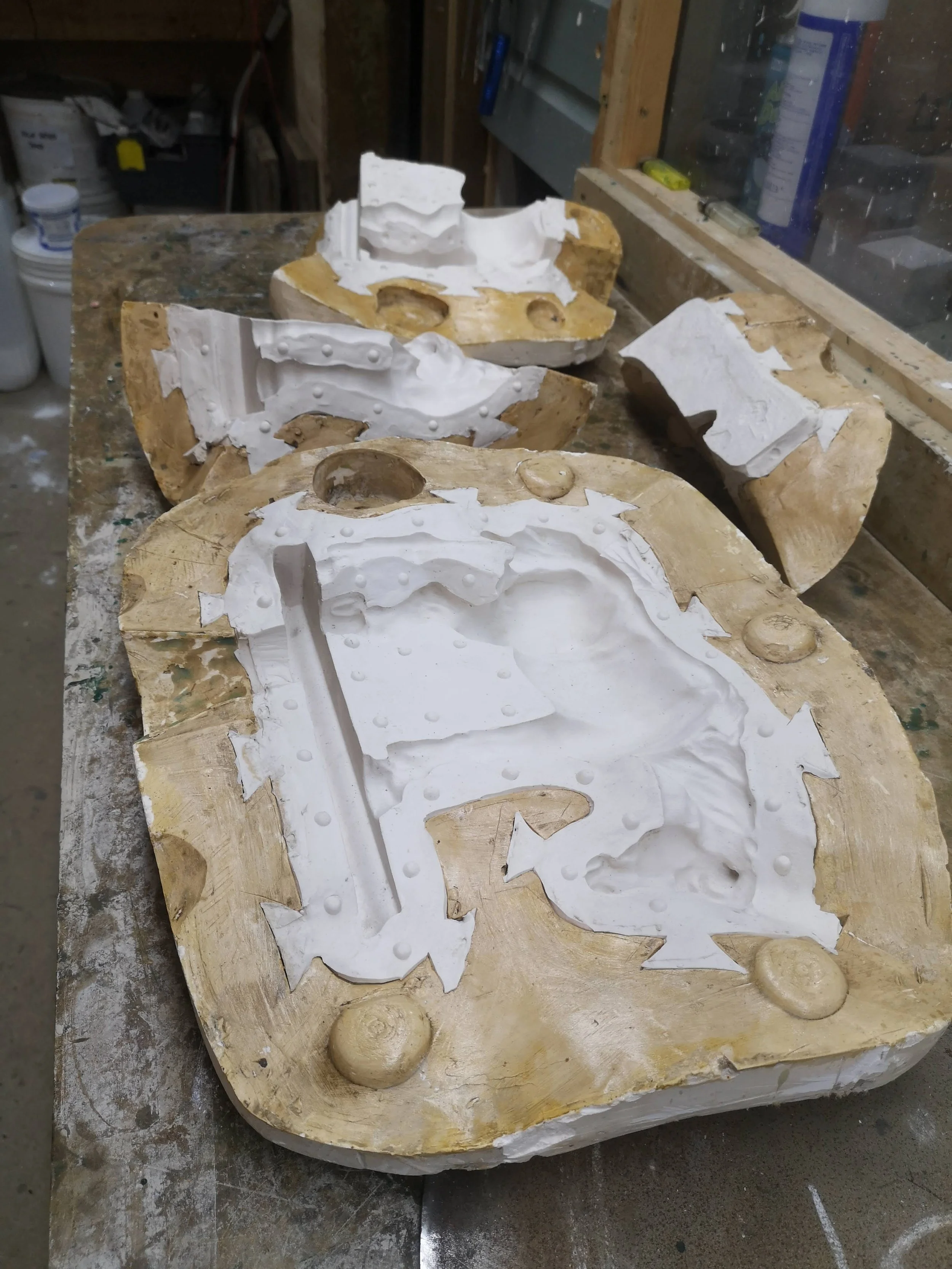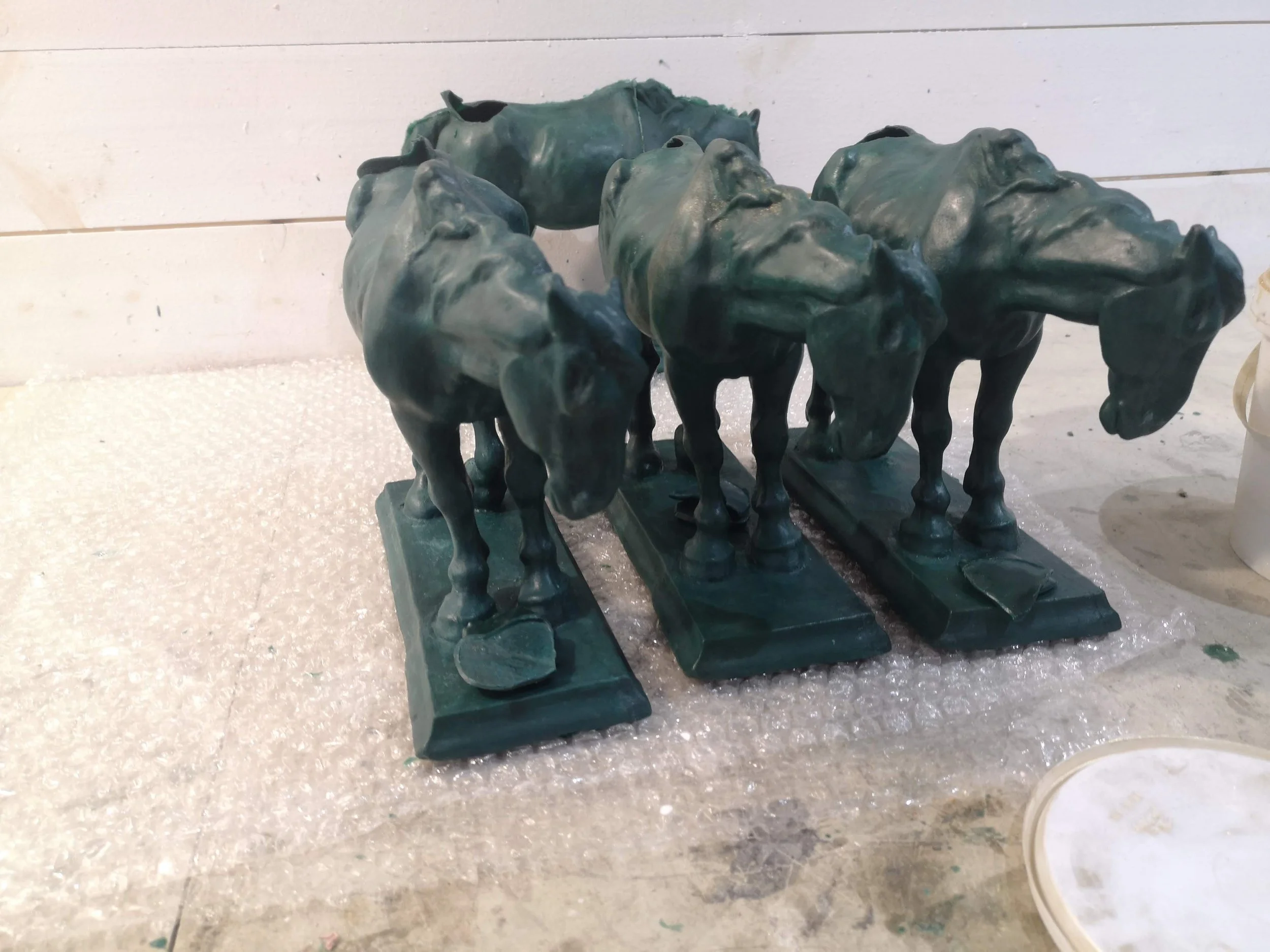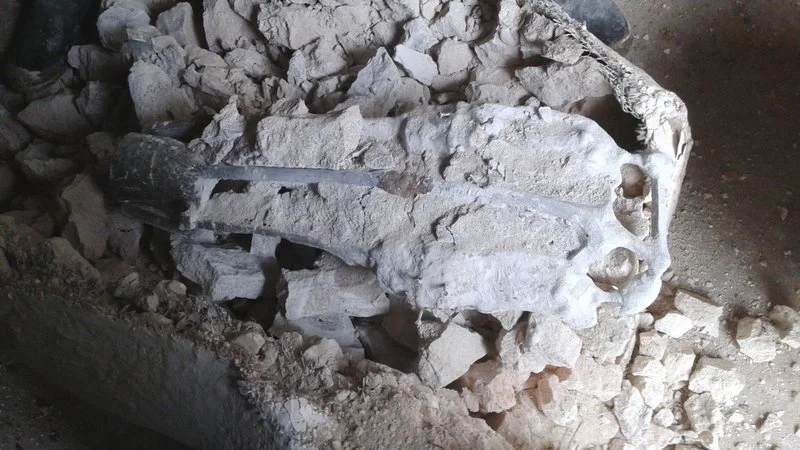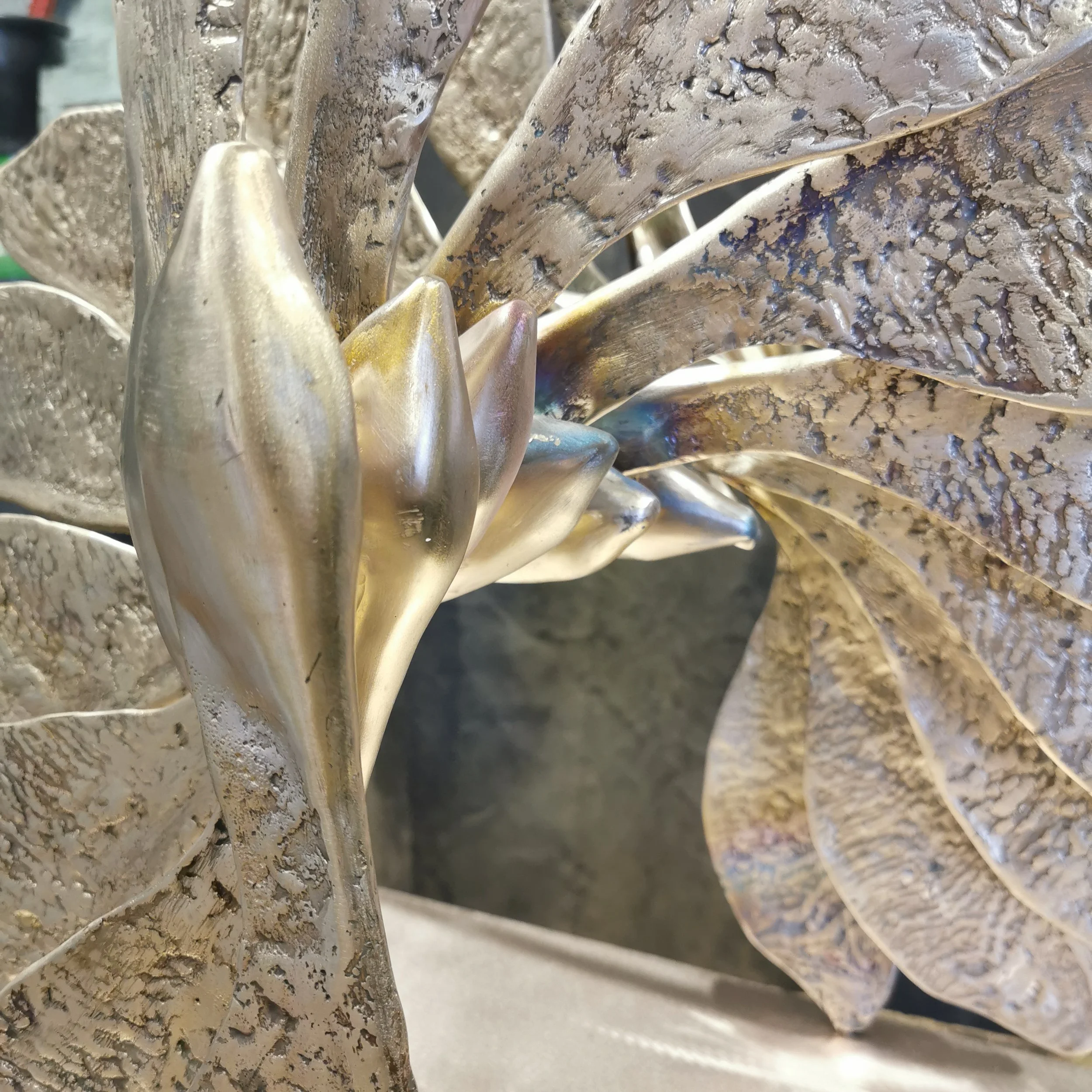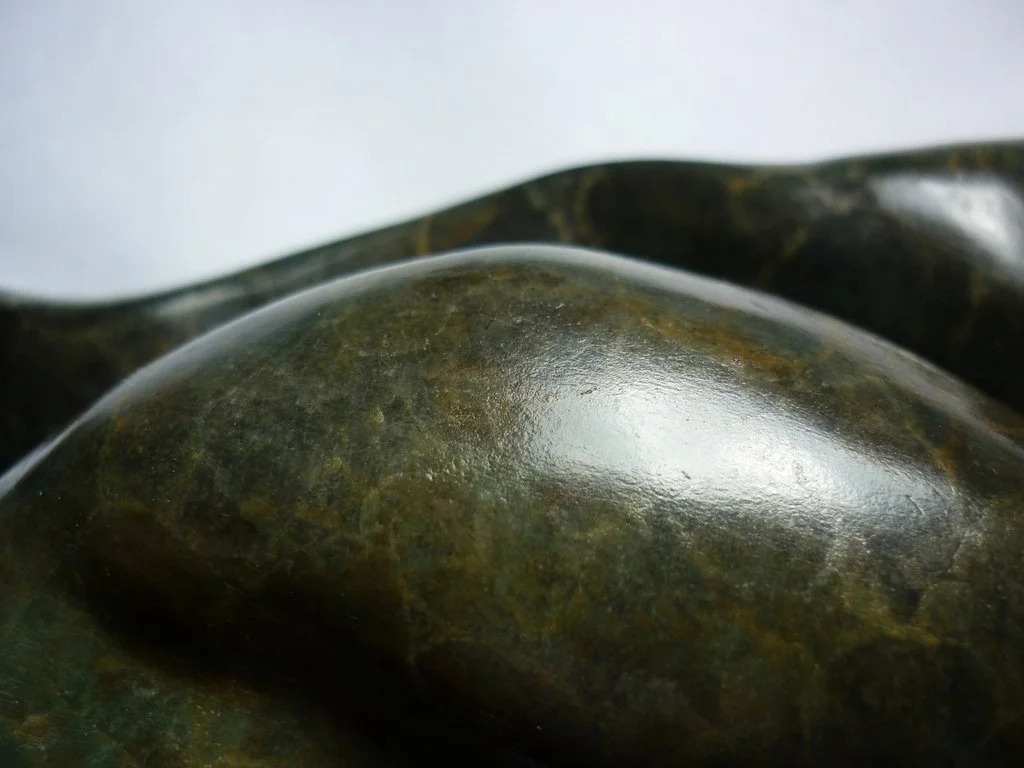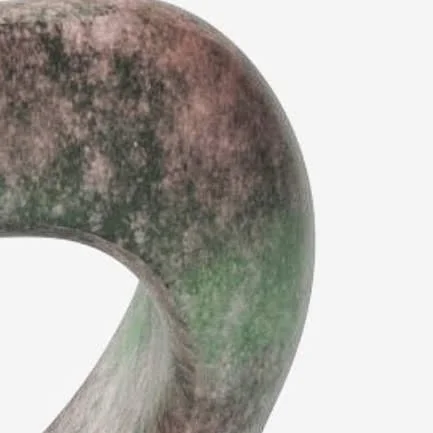The Absolute Original
The Absolute Original: Why My Sculptures Are Non-Editioned and Irreplaceable
Standard Editioned Bronzes
In standard editioned bronzes, the centuries-old lost-wax casting process is intentionally utilized for its inherent reproducibility and commercial efficiency. The artist's original sculpture, typically modelled in clay, serves as the master to create a durable, often complex, multi-part silicone rubber production mould.
This resilient mould is meticulously engineered to be reused dozens of times, if not hundreds, allowing for the consistent creation of subsequent wax copies. This process introduces standardisation, allowing the market to manage risk and supply efficiently, but simultaneously places a crucial barrier between the artist's original touch and the final result.
Consequently, the collector, while acquiring an authenticated artwork, fundamentally owns one instance within a pre determined, controlled series. The limited edition, therefore, functions as a sophisticated mechanism that translates artistic intent into viable economic value; a necessary structure that supports the entire ecosystem of galleries, dealers and collectors. Crucially, the final monetary and aesthetic value of that single piece is intrinsically tied to the existence of its siblings and the overall edition size, representing an inherent, foundational compromise to singularity and ultimate uniqueness, as the object's defining characteristic is its identity as a multiple.
The Singular Original: My Non-Editioned Process
The process I have developed, conversely, is by its nature more, costly and technically a more rigorous way to make bronze sculpture. Meticulously redefining the lost wax technique as a method of singular creation and not just serial reproduction. The focus shifts entirely from achieving a multiple run of identical works to guaranteeing the birth of a truly singular original. This heightened rigor requires more time and bespoke material preparation for every object, prioritising uniqueness over efficiency.
Each commissioned work begins with a handmade, unique wax model or pattern. This pattern is intricately developed in line with the specifics of the commission agreement and crucially, the entire physical structure is calibrated to only ever yield one unique bronze. The critical element underwriting this singularity is the Technical Guarantee of Destruction. The moment this original wax pattern has entered the kiln, submerged within its refractory investment material, the incineration process begins. The wax is consumed over a carefully controlled firing cycle until it is utterly incinerated into ash, fully separating the material object from its form.
This irreversible process leaves behind only the perfect inverse, the void of the original, which acts as a "ghost empty space." This void is the definitive articulation of the original pattern, holding the form and detail that will never be replicated, because the mould itself is now the artwork's sole blueprint. Once molten bronze is successfully poured into this empty chamber, using the centuries-old cire perdue method, the investment mould, now full with solid bronze, is left to chill. Finally, the heavy, refractory investment mould is gradually and forcefully smashed into pieces. This final step irrevocably destroys the mould system, ensuring that once the bronze is revealed, every physical trace of the unique process that generated it has been eliminated. This commitment guarantees that the final bronze is literally and permanently irreplaceable.
This destruction of the original mould is the technical certification that distinguishes my work. Due to the thermal contractions during casting, any subsequent attempt to reproduce and cast a copy from the resulting bronze would result in a dimensional shrinkage of around 3 percent, certifying the physical impossibility of casting a second, third or any subsequent copy of the exact original size. This immutable evidence constitutes an irrefutable technical guarantee of singularity.
The uniqueness is then compounded by the subsequent, intensive post casting metalwork. For many of the works, the bronze casting is intentionally treated as merely a foundational vehicle. The true artistic culmination occurs during the chasing and detailing phase, where the final textures, linework and character are worked directly into the cold metal surface, an extensive, second stage of creation akin to a stone carver adding the defining detail and texture after the form is roughed out. This physical, irreversible manipulation profoundly guarantees the individuality of the sculpture's final form.
Furthermore, this singularity is sealed by the application of specialised bespoke patinas. These are not standard chemical solutions applied uniformly; they are custom-formulated, multilayered reactions, often requiring specific heating and cooling cycles unique to the piece. This tailored chemical overlay, which determines the final colour, depth and surface complexity, adds a final, irreversible layer of identity, ensuring that the aesthetic presence of the singular bronze can never be replicated, making the technical and visual uniqueness absolute.
